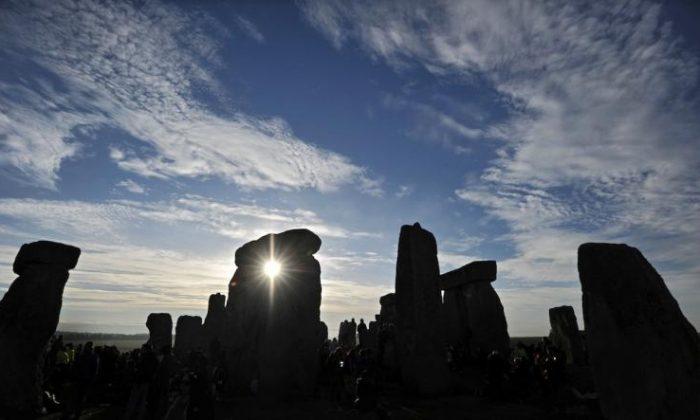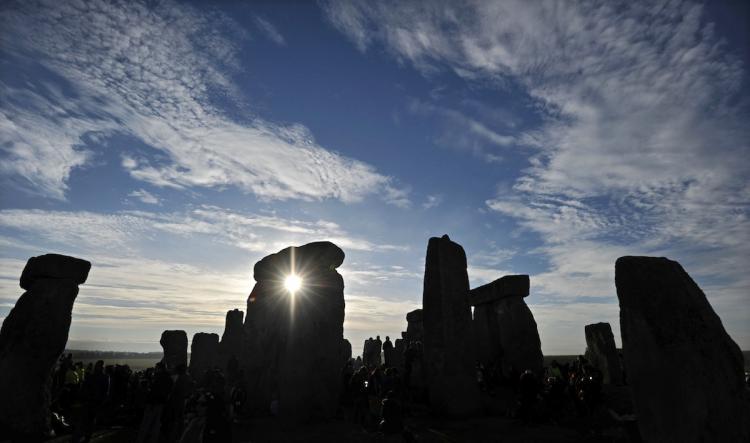Geologists have identified with much greater accuracy where some of the rocks used to build Stonehenge came from.
The smaller “bluestones,” believed to have been used to build Stonehenge’s first circle around 5,000 years ago, are made of various types of volcanic rock, including “spotted dolerites” and rhyolites. In the 1920s, scientists identified the Mynydd Preseli area in the Pembrokeshire hills of South Wales as being the source of these dolerites.
The research, by Dr. Rob Ixer of Leicester University and Dr. Richard Bevins of Amgueddfa Cymru (National Museum Wales), looked at the composition of fragments of rhyolite found around Stonehenge. The rhyolite had not previously been investigated in detail.
They discovered that the chemical make-up of the rock fragments was distinctly different to other rocks in South Wales and were able to locate their source to a 70-metre-long outcrop of rocks called Craig Rhos-y-felin near Pont Saeson, north of Mynydd Preseli.
The composition of the rocks changes along the outcrop, so the scientists were able to even more precisely identify the source as being the northeastern end of the outcrop.
“Being able to provenance any archaeologically significant rock so precisely is remarkable, to do it for Stonehenge was quite unexpected and exciting,” said Ixer in a press release.
The discovery means archaeologists can now excavate the site in the hope of finding evidence of human activity, which would confirm that the stones were quarried in Wales and transported the 150 miles to the site of Stonehenge in Wiltshire. An alternative explanation favored by some geologists suggests glaciers may have carried the rocks close to the site of Stonehenge during the Ice Age.
“Many have asked the question over the years, how the stones got from Pembrokeshire to Stonehenge. Was it human transport? Was it due to ice transport? Thanks to geological research, we now have a specific source for the rhyolite stones from which to work and an opportunity for archaeologists to answer the question that has been widely debated,” said Bevins in the release.
“It has been argued that humans transported the spotted dolerites from the high ground of Mynydd Preseli down to the coast at Milford Haven and then rafted them up the Bristol Channel and up the River Avon to the Stonehenge area. However, the outcome of our research questions that route, as it is unlikely that they would have transported the Pont Saeson stones up slope and over Mynydd Preseli to Milford Haven,” Bevins commented in another press release earlier this year, when the team’s initial findings were published in the Journal of Archaeological Science.
“If humans were responsible then an alternative route might need to be considered.”
The latest findings are published in the annual journal Archaeology in Wales.






Friends Read Free